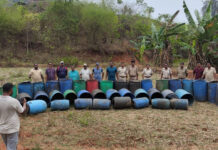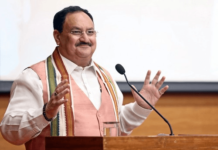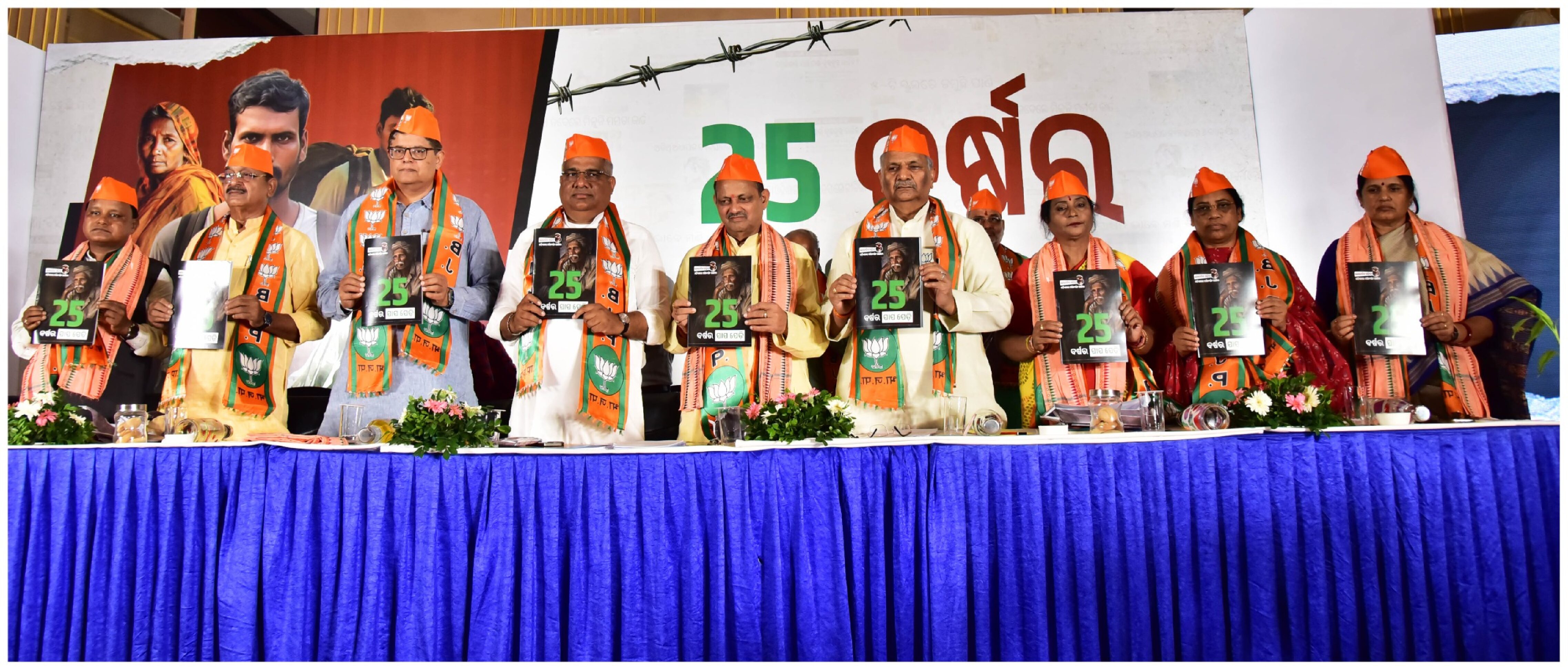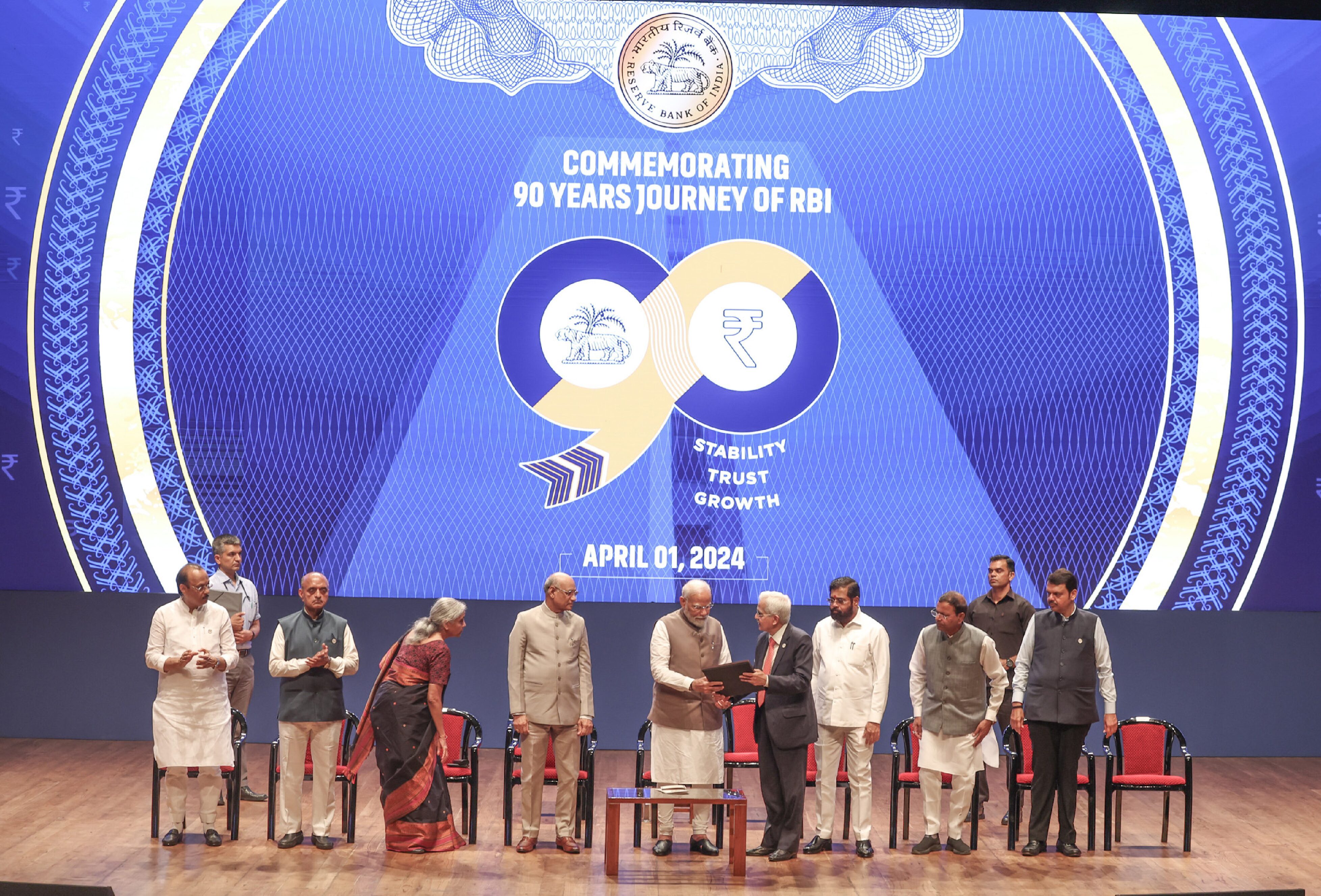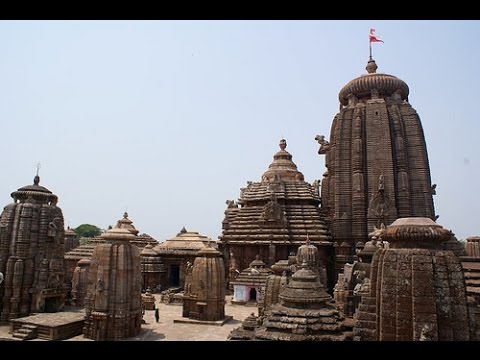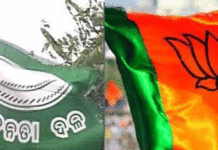Prof. Abhipsa Mishra
Odisha has abundant natural resources and a large coastline. It contains a fifth of India’s coal, a quarter of its iron ore, a third of its bauxite reserves and most of the chromite. Rourkela Steel Plant of Odisha was the first integrated steel plant in the public sector in India. It receives unprecedented investments in steel, aluminium, power, refineries and ports. India’s topmost IT consulting firms, including Satyam Computer Services, TCS (Tata Consultancy Services), MindTree Consulting, PricewaterhouseCoopers and Infosys have huge branches in the state. IBM, Syntel, Bosch and Wipro are setting up development centres in Odisha too. So far, two of the S&P CNX 500 conglomerates have corporate offices in the state viz. NALCO (2005 gross income Rs.51, 162 million) and Tata Sponge Iron (2005 gross income Rs.2, 044 million).
Odisha is distinguished as one of the first Indian states to have tackled its structural problems during the post 1994 Indian economic reforms. Odisha was the first state in India to begin to privatize its electricity transmission and distribution businesses. Between 1994 and 2000Odisha’s former State Electricity Board (SEB) was restructured to form GRIDCO.
The scale and importance of these reforms is notable and an important milestone in India’s dramatic economic development.
It is a melancholic strain that my countrymen, whose dependency for power generation is dependent on Odisha’s coal reserves, address it as a poor and backward state. But certainly they are not to blame.Potential does not necessarily mean prosperity or development.I keep telling my team that we don’t pay you for having brains… we only reward you for using them intelligently. The Democratic Republic of Congo is probably the richest nation in the world in terms of natural resources but in reality it is the poorest nation in the world.
Just as keeping your wealth under your mattress will not cause it to grow, not using your potential will not cause any growth / development.
The four reasons that Odisha has not progressed in spite of its huge natural richness are:
- Lack of political will and quality leadership: State leaders were not able to make space for the state in the Indian national scene. Odisha is a major revenue contributor to the centre in multiple platforms, ranging from mineral exports to Railway’s exchequer. Still the state government’s genuine demands for deserving share of funds from centre has been either belittled or repudiated. Though industrialised districts of Angul, Jharsuguda, Jajpur and Koraput are significant national suppliers of coal, steel, power, Bauxite and other minerals, yet the grants coming in for the peripheral and infrastructure development of these regions are meagre. East Coast Railway adds up to 20% of total revenue to Railways. But the amount it gets (around 2%) quid pro quo from the national carrier for establishing infrastructure is paltry.
| Domestic inefficacy is also a critical party to under-development. Non-performance has been institutionalized in several constituencies and many elected representatives. There are several instances of central funds returning back due to under or no utilisation in several districts. At the same time it has been evident that the funds are improperly used or under-utilized. |
They could not attract serious investments for many decades after independence. The rapid industrialization, infrastructure development and knowledge hubs that Odisha has been home to for the last decade, was due since long after independence. The phrase ‘better late than never’ does not at all holds good in the fields of development. This uncalled for delay has put a prosperous state decades behind the other states, in course, making it less significant for the centre. This delay stalled employments, magnified inter-state migrations for half-skilled and unskilled class and skilled class was prevented from countless opportunities in home state.
Odisha – A rich state with poor people!
Almost 45% of the districts in Odisha are Naxal inflicted. Everyday there has been series of kidnapping and even gruesome murders of elected representatives and public servants. There is acute shortage of specialized counter-attack units and the state government has been pleading repeatedly for additional force deployments and airborne (equipment) assistance; which has hardly been addressed. The centre cannot shy away by stating that it is a local issue. Naxalism today is a national concern; lack of central assistance has transformed it into a monster, thereby gravely obstructing the region’s development. Arguably, this is again because of political ineffectiveness.
- Poor infrastructure: Roads, electricity, health centres, schools and professional institutions are something that has a highly alarming statistics. In this era where food, shelter, drinking water, cloth and internet are the basic needs, villages don’t have power supply; you don’t get mobile networks or strong internet connections!
Ours is a state where usage of internet is still a fancy. Now this is due to lack of awareness or interest, I leave it to you, the readers to decide.
- Frequent natural disasters:However rich an entity might be, the entire set up is shivered when Mother Nature takes a call. Chronic natural disasters take up huge amount of resources every year, resources that are then denied longer term development. It is not only the cyclones that I am referring to. Look at the annual flooding in the coastal districts which cuts off access for 3-4 months every year and ruins livelihoods of people. Regular droughts and famines in the Kalahandi-Bolangir-Koraput belt amongst others bring with it another sack of misfortune. A state that already has poor infrastructure and dilapidated network of highways and railways gets its spirit and zeal of growth shaken by these natural disasters and suffers further when it doesn’t get proper attention in terms of money and logistics in time.
4.No marketing initiatives:Being a management professional, I see another drawback. Neither the government nor any other agency has taken steps to improvise the communication channel and showcase the potential the state has within it. Our tourist destinations are never promoted on television or internet. Neither state Industry Department nor Odisha Tourism publishes promotional advertisements, even in highly circulated and popular Industry Year Book “Odisha Industry”. Our natural resources reserves are not showcased to the world out of Odisha borders. Our rich ancient crafts, which has such a high export value is never endorsed in a large scale. The rest of the country probably identifies Puri and Bhubaneswar at the most; among all other cities and towns in Odisha. If we are heard in the news it is either for a natural calamity or for election in 5 years.
Marketing and communication channels are very much subdued and under-utilized. Odia communities never discuss Odia or Odisha in common forums. Our cuisines &dishes are unknown to the outer world and so is our language, dressing, thought process and probably everything.
Epilogue:
It is high time for both the State Government and the Odias to recognize their potentials and resources which can be explored, excavated and utilised for garnering employment, awareness and progress.
Mythology is evident; Lord Jagannath and Lord Balabhadra are together with their sister MaaSubhadra, and away from Goddess Lakshmi. Its serious time for Odia folks to reckon that there is there a religious connection of wealth not coming close to this state!
Prof. Abhipsa Mishra
currently working as Asst. Professor (HR & IT),
IBS Business School, Pune.
e-mail:abhipsa.mishra@ibsindia.org




















